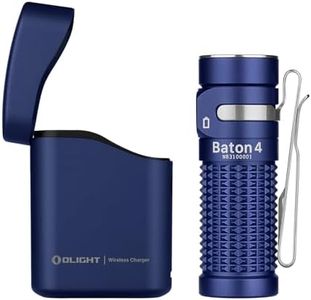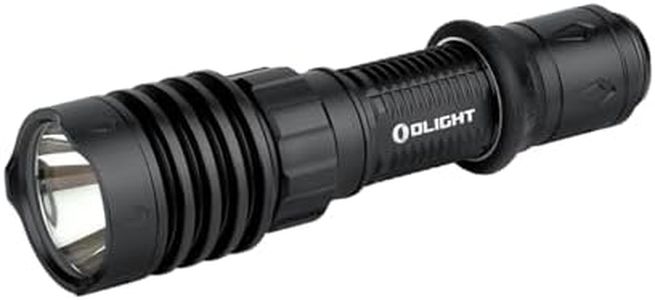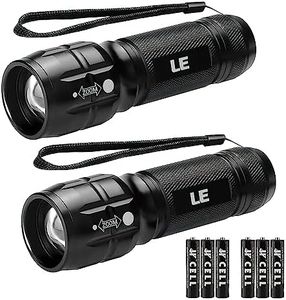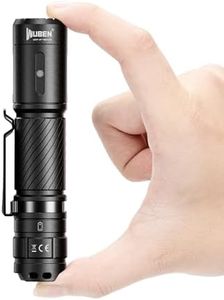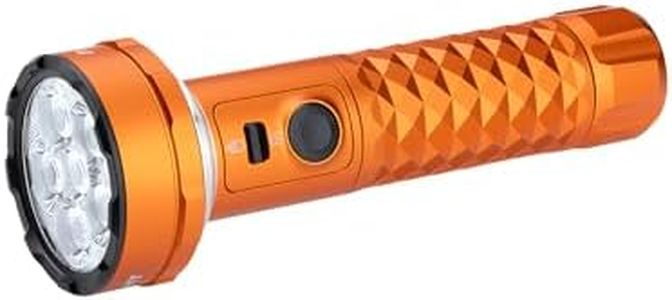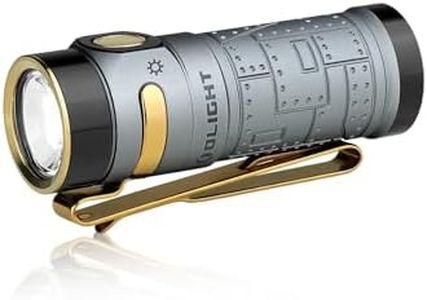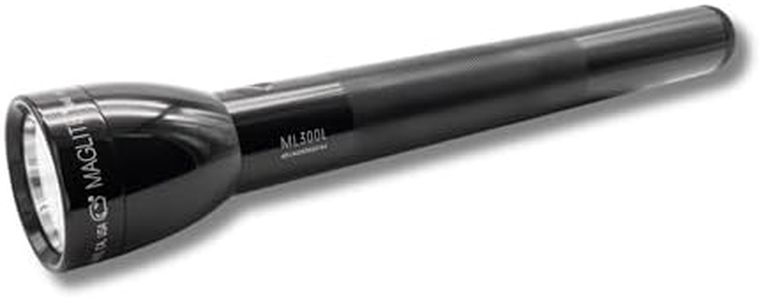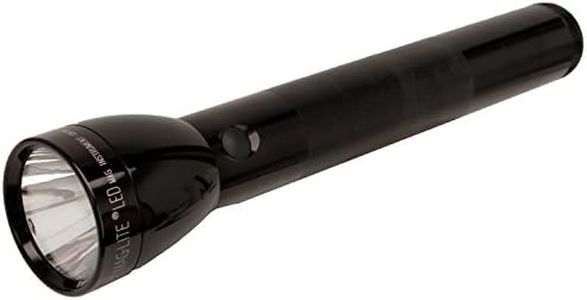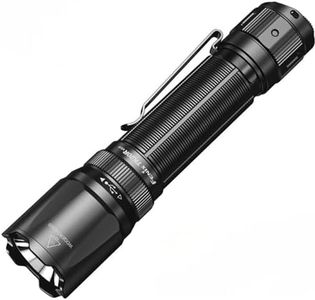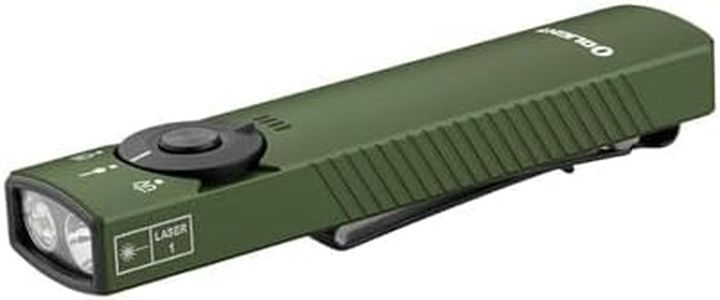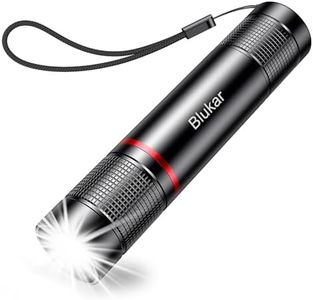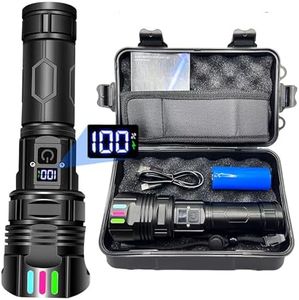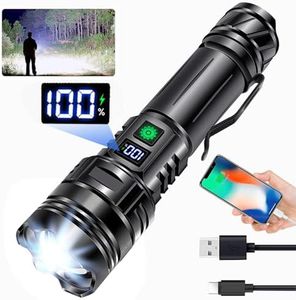We Use CookiesWe use cookies to enhance the security, performance,
functionality and for analytical and promotional activities. By continuing to browse this site you
are agreeing to our privacy policy
10 Best Handheld Flashlights
From leading brands and best sellers available on the web.Buying Guide for the Best Handheld Flashlights
Choosing the right handheld flashlight means thinking about where and how you plan to use it. Whether it’s for camping, emergencies, travel, or everyday use around the house, the key is to match the flashlight’s features to your needs. Don't get overwhelmed by technical terms – focus on the basics that matter for your comfort and the tasks you expect to face. A good handheld flashlight should be practical, convenient to carry, reliable, and easy to use.Brightness (Lumens)Brightness in flashlights is measured in lumens, which tells you how much visible light the flashlight produces. This spec is important because it affects how well you can see in the dark and what kind of tasks the flashlight is suitable for. Low-lumen flashlights (under 100 lumens) are fine for close-up tasks or reading, while mid-range (100-300 lumens) are useful for most household and outdoor uses. High-lumen models (over 300 lumens) are great for activities like hiking, search and rescue, or illuminating large spaces. Think about your typical use: a low-to-mid range lumen flashlight is more than enough for most people, but if you expect to need long range or high-intensity light, go higher.
Battery Type and LifeThe battery type tells you whether the flashlight uses regular disposable batteries, rechargeable batteries, or built-in rechargeable cells. This matters for convenience and cost over time – disposables are easy to replace on the go, while rechargeables save money and waste. Battery life indicates how long the flashlight can operate before you need fresh batteries or a recharge. Flashlights with longer battery life are important if you'll be using the light for many hours or won’t have easy access to new batteries or power. Depending on your needs, choose a type that fits your routine: if you want long-lasting use and have access to charging, rechargeable is great; for occasional use or emergencies, standard batteries might be simpler.
Size and WeightThe size and weight of a handheld flashlight affect how easy it is to carry and use. Compact and lightweight flashlights are convenient for everyday carry or travel, easily fitting in a pocket or bag. Larger, heavier flashlights may offer more features or higher brightness, but can be bulky and tiring to hold. If you want a flashlight to keep at home, size may not matter much, but for portable, all-purpose use, something small and light is usually best.
Durability and Water ResistanceDurability is about how well the flashlight can withstand drops, impacts, or rough handling. Water resistance means it can handle rain, splashes, or even being dropped in water for short periods. Look out for specs like 'impact-resistant' and 'waterproof' (some use IP ratings like IPX4 for splash resistance or IPX7 for immersion). If you plan to use your flashlight outdoors, for camping, or in unpredictable situations, choose one with good water and impact resistance – otherwise, basic durability should be fine for gentle indoor use.
Beam Type and DistanceThe beam type describes how the light is focused: a wide 'flood' beam for close-up area lighting, or a narrow 'spot' beam for seeing far into the distance. Some flashlights let you adjust the beam. The beam distance tells you how far ahead the light can reach. If you need to see far in the dark, such as for hiking or scanning fields, a long-distance, focused beam is best; for walking at night or working up close, a flood beam might be more useful. Think about your usual activities to decide which suits you better.
Ease of Use and Special FeaturesEase of use covers things like the flashlight’s grip, on/off switch position, and mode controls (such as brightness settings or strobe functions). Features like magnetic bases, pocket clips, or adjustable heads can also matter. If you want a simple, no-fuss tool, go for a model with easy controls and just a few modes. If you like flexibility, consider flashlights with multiple brightness levels, SOS signals, or other special functions.

